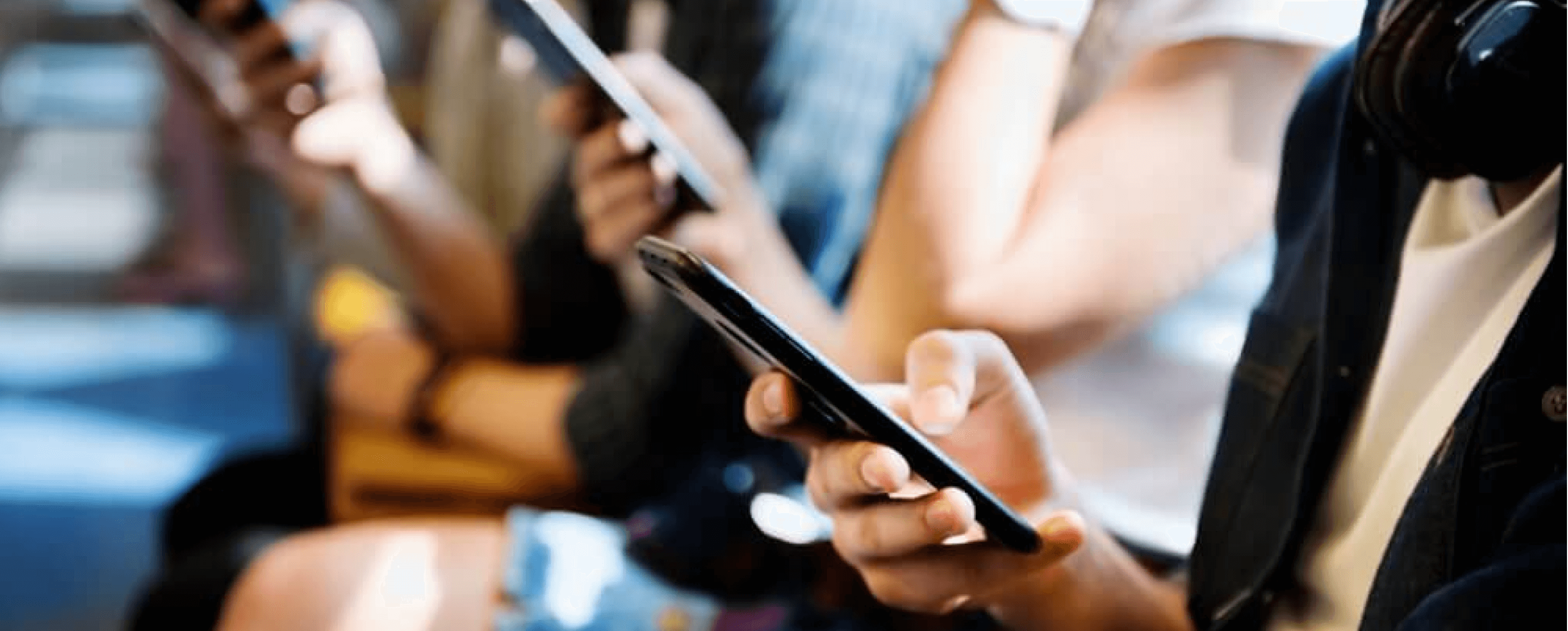In today’s fast-paced business world, the lines between the physical and digital realms are increasingly blurred. This fusion, known as “phygital,” is more than just a buzzword—it’s a transformative approach reshaping how businesses engage with customers and how entrepreneurs can thrive in a rapidly evolving landscape.
What Does “Phygital” Mean?
Phygital combines physical and digital experiences to create seamless, immersive interactions. Think of trying on clothes virtually before purchasing them in a store, or attending a live event while also participating online. These examples highlight how phygital bridges the gap between the online and offline worlds, allowing consumers to enjoy the best of both simultaneously.
In a phygital environment, customers are no longer limited to either digital or physical experiences. Instead, they can interact with businesses across both domains in a way that feels natural and integrated. This hybrid approach is particularly appealing as it meets the growing consumer demand for convenience, speed, and personalization.
The Evolution of Phygital
The phygital revolution didn’t happen overnight; it evolved as technology advanced and consumer behaviors shifted.
Initially, businesses operated in physical spaces with little reliance on technology. The digital age then ushered in e-commerce, transforming how we shop, interact, and consume content. Yet, as powerful as digital experiences are, they often lack the tangible, sensory elements that physical experiences provide.
Today, we see businesses employing omnichannel strategies, offering consistent experiences across both physical and digital platforms. This has paved the way for the phygital revolution, where these two worlds are not just coexisting but are interwoven to enhance the overall customer experience.
Why Phygital Matters for Entrepreneurs
For entrepreneurs, understanding and leveraging the phygital trend is crucial. Consumers today seek more than just products or services—they crave experiences that resonate on a deeper level. Phygital provides the perfect platform to deliver these enhanced experiences, combining digital convenience with the authenticity of physical interactions.
Moreover, phygital strategies can significantly expand a business’s reach. By integrating digital tools into physical spaces, businesses can tap into global markets while maintaining a strong local presence. This dual approach offers flexibility and adaptability, which are essential in today’s competitive business environment.
Real-World Examples of Phygital
To grasp the impact of phygital, let’s explore some real-world examples:
- Retail: Amazon Go stores blend physical shopping with digital convenience, using AI to offer a checkout-free experience. Customers simply pick up what they need and walk out, with everything tracked and billed through their Amazon account.
- Healthcare: Telemedicine combines remote consultations with real-time health monitoring through wearable devices, offering patients flexible, continuous care.
- Education: Blended learning environments mix online education with traditional classroom experiences, providing students the best of both worlds.
- Events: Hybrid events combine physical conferences with digital platforms, allowing broader participation and adding layers of interactivity.
Benefits and Challenges of Going Phygital
Adopting a phygital approach offers numerous benefits, including enhanced customer experiences, expanded reach, and data-driven insights. By analyzing data from both digital and physical interactions, businesses can better understand their customers and tailor their offerings more precisely.
However, going phygital also presents challenges. Technological barriers, such as the need for robust infrastructure, can be significant hurdles. Data privacy concerns must be carefully managed to maintain customer trust. Additionally, coordinating digital and physical operations requires meticulous planning and seamless execution.
The Future of Phygital
Looking ahead, the future of phygital holds immense potential. The integration of virtual worlds with physical realities—think the metaverse—offers entirely new ways to interact with consumers. AI-driven personalization will also play a crucial role, predicting consumer behavior and preferences to deliver highly tailored experiences.
Moreover, there’s a growing focus on sustainability within the phygital space. As businesses innovate, integrating eco-friendly practices into phygital strategies will not only benefit the environment but also appeal to increasingly eco-conscious consumers.
Conclusion: Embrace the Phygital Future
The phygital revolution is transforming the way businesses operate and connect with customers. For entrepreneurs, embracing this trend is essential to not just stay relevant but to thrive in a world where physical and digital experiences are no longer separate but two sides of the same coin.
The future of entrepreneurship is phygital, and the time to embrace it is now. The possibilities are endless, and the time to start is now! Reach Skill Bud to explore more & stand out in your competitive landscape!
Abhishek Anand is the founder of Skill Bud Technologies Pvt. Ltd., a tech company that specializes in Website Development, Augmented Reality, Web 3.0, Metaverse and Digital Marketing. He is also an Author, Speaker, Mentor and helps startups & businesses grow with technology.























